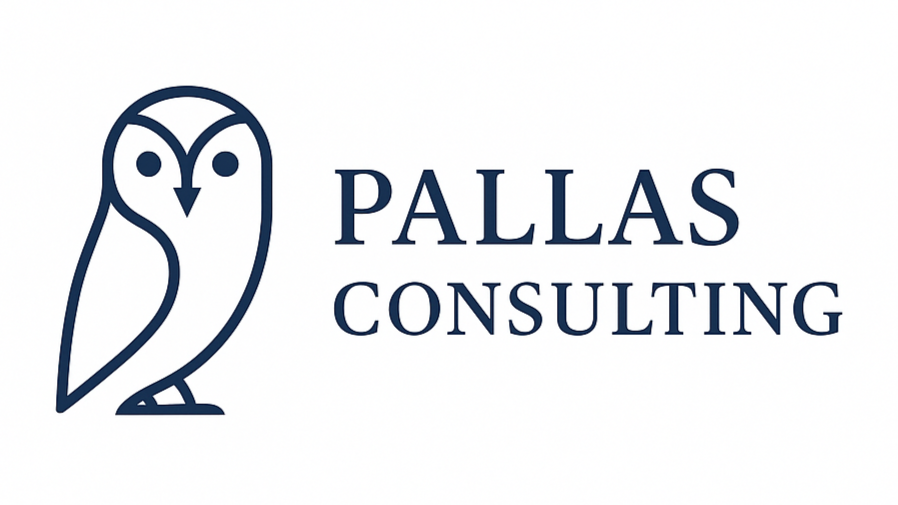Three Silent Breakdowns
The first step in solving any problem is naming it clearly. This post is meant to provide a lens — a way of seeing recurring breakdowns in small and medium businesses that are often overlooked. We are not offering prescriptions here, but sharper language to describe patterns that may already feel familiar.
Our aim is simple: to diagnose. Once these breakdowns are visible, leaders can decide how best to address them.
Who this is for
This is for:
Owners and executives of small to medium businesses (10–99 employees) who feel like they are working harder than ever but not getting further ahead.
Leaders who suspect that coordination is consuming more energy than creation.
Teams who sense that mistakes, rework, or indecision are quietly eroding progress.
This is not for:
Start-ups still in the earliest phase of testing ideas and models.
Large enterprises with layers of formal management systems.
Leaders looking for step-by-step checklists or quick-fix software recommendations.
Breakdown One: Time Drift
As companies grow past ten employees, leaders begin to spend more of their week in coordination activities—meetings, check-ins, status updates, project reviews. Research shows executives now spend about 23 hours a week in meetings, up from less than 10 hours in the 1960s (Harvard Business Review, 2023).
Time drift is the gradual diversion of attention from productive work to managing the work. The symptoms are familiar: back-to-back meetings, scattered Slack threads, and the sense that by lunchtime the day’s energy has already been spent. No single meeting sinks a business, but the cumulative leak is costly.
Breakdown Two: Decision Fog
Small businesses often pride themselves on speed, but as headcount grows, choices that once took an afternoon now stretch into weeks. A Bain study found that organizations lose significant value when decisions are pushed down without clarity or pushed up without context, creating cycles of delay (Bain, 2024).
Decision fog is not the absence of choices but the blurring of them. Leaders announce priorities without resources. Teams float proposals that die quietly in an inbox. Decisions get revisited because the first call was never definitive. Each delay feels small; together, they slow execution to a crawl and erode trust in leadership.
Breakdown Three: Quality Slippage
For many firms, 15–20% of revenue disappears into the cost of poor quality—rework, returns, errors, and customer dissatisfaction (McKinsey, 2022). In small businesses, where margins are thin, that slippage can be the difference between profit and loss.
Unlike major failures, quality slippage is subtle until the damage is done. It shows up as the extra week to revise a deliverable, the fifth email clarifying an order, the manager who has to step in to finish reports. Each feels minor; together, they drain both morale and profitability. Customers drift toward competitors who simply seem easier to work with.
Why Diagnosis Matters
Most small businesses do not fail because of one catastrophic mistake. They stall because of accumulated drift, fog, and slippage. Leaders sense something is off, but the symptoms blur together, and the default is to treat the surface problem: hire another coordinator, buy another tool, or push harder on sales.
Yet research shows that misdiagnosed interventions often cost more than the original issue. McKinsey found that poorly aligned initiatives not only fail to solve problems but often introduce new inefficiencies (McKinsey, 2023). The discipline of diagnosis—naming the real breakdown before rushing to a fix—is what separates firms that plateau from those that adapt and grow.
Diagnosis also matters for morale. When leaders clearly name the problem, teams feel seen. Vague calls to “work smarter” or “be more accountable” land poorly. But when a leader says, “We are losing too much time to coordination” or “We are revisiting decisions three times,” employees can connect their daily frustrations to a concrete issue. That shared clarity is often the spark for change.
Closing Note
The first step to solving a problem is naming the problem. This paper should serve as a lens to focus your attention and energy. If you recognize your business in these patterns, the act of diagnosis itself is progress—it shifts the conversation from vague frustration to a shared understanding of what must change.
Drift, fog, and slippage may be silent, but they are not inevitable. Seeing them clearly is the beginning of clarity, and clarity is the foundation for every meaningful decision that follows.
